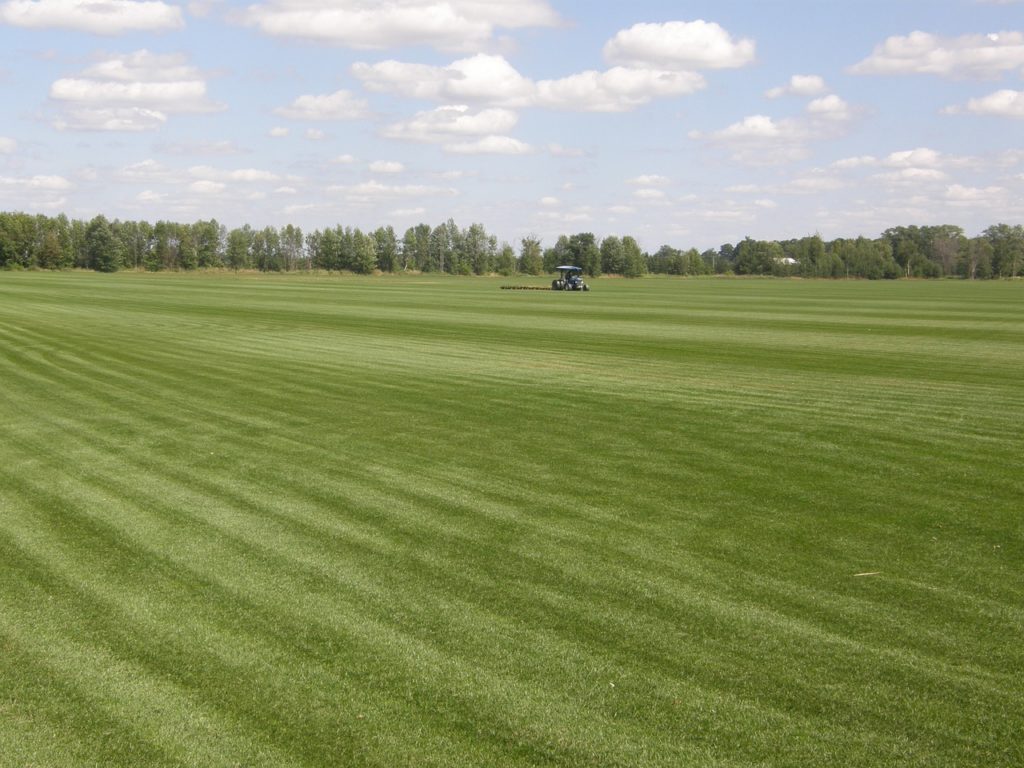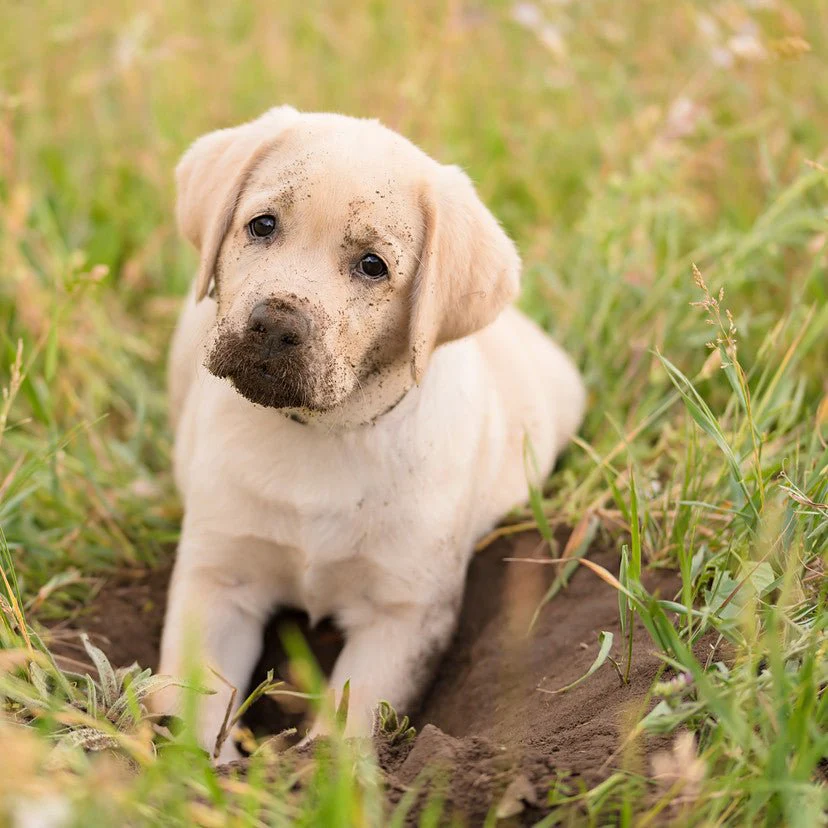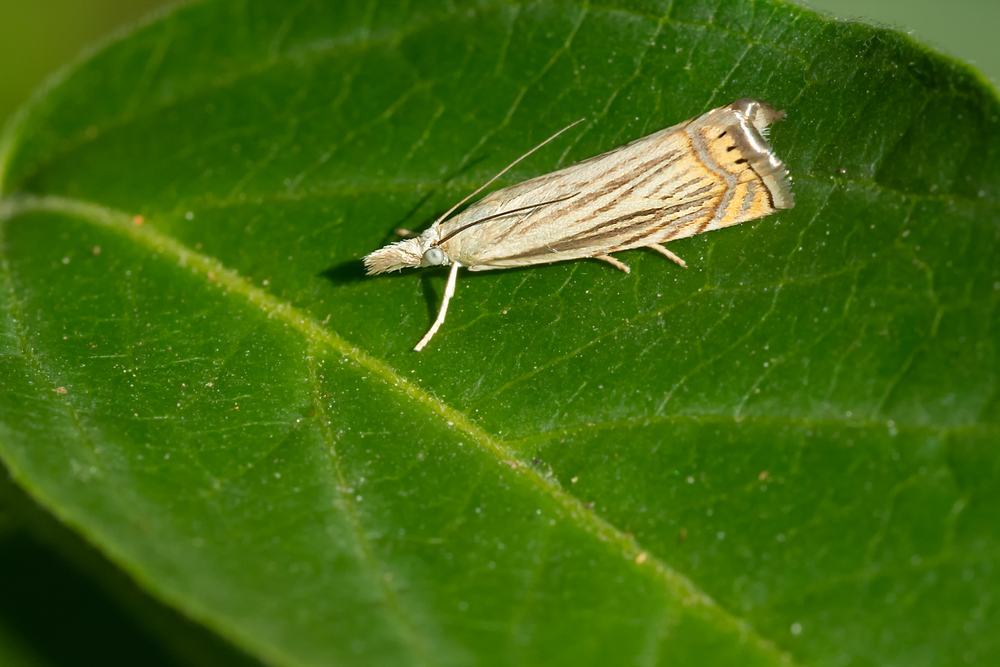Pre-grown grass is also called turf. It is held together by the soil below it through a root network, or thin layers bio-degradable material.
It can be used for improving the appearance of commercial and residential landscapes. It can also be used to enhance the appearance of recreational areas or golf courses. A lush green lawn is what every gardener wants. It is up to them to decide between grass seed and sod. There are many options when it comes down to selecting the right grass for your garden. There are arguments for and against grass.
The most popular types of sodgrass include –
- Bermuda Grass
- Centipede Grass
- Fine Fescue
- Kentucky Bluegrass
- Ryegrass
- St. Augustine Grass
- Tall Fescue
- Zoysia grass
- Bentgrass
These topics will be discussed in detail in the next post. Let’s start by discussing the benefits and drawbacks of sod grass.
Do You Use Sod Grass or Not? Pros & Cons
Here’s a quick summary of the benefits and drawbacks to sod grass for your lawn.
Pros
Let’s start with the benefits of sodgrass. Sod grass can increase air quality and cool down the environment. Its ability to quickly drain water makes it more efficient at flooding prevention. It can also be used to decrease soil erosion that isn’t protected.
Sod grass can be grown all year long, as long as it isn’t frozen. It is important to be able monitor and manage grass seed growth. You can use sod grass to make sheets. It is also time-saving. After you have watered and laid the sod, it can be walked on in 2 to 3 weeks.
Cons
Sod grass is not as economically-friendly as regular grass seed. The more area you have, the more expensive it is. For best results, professional installation is recommended. There are only a few varieties. There are areas where sod can be damaged. It can be costly and time-consuming for the entire thing to be replaced, removed, or maintained.
Many benefits outweigh the cons of sod grass. Your lawn will look better immediately. These are just some of the many varieties of sodgrass that you can use to improve your lawn’s appearance.
Let’s now discuss the different types of sodgrass.
Types of Sodgrass, and their growing requirements
Bermuda Grass
Bermuda grass is dark green. You can grow it by stolons or rhizomes. If it is dried, this grass will turn brown. If it gets more water, it will grow back. The tips of the leaves become purple and then turn green.
It is a warm-season grass. It is easy to grow because of its rapid growth. It is active from the late spring through the end of the summer heat. Each year it comes back to life. It can spread quickly after heavy rainfalls, but it is also adaptable to cold environments.
Bermuda grass thrives in full sunlight and well-drained soil. Bermuda grass is known for its tolerance to heat, drought and other conditions.
Care and Maintenance Tips
- Bermuda grass grows best in spring.
- It is compulsory to mow this grass twice a week during peak growth.
- To achieve the best results, it is important to maintain a healthy soil pH level.
- Bermuda grass needs 1 to 1.5 inches water.
Centipede Grass
Centipede grass is available in many colors, including dark brown and green. It can be vulnerable to long-term problems. It is easy to cut, and it will become green again after it has had some rain.
It is a warm-season, heat-tolerant glass. It is more sensitive to cold than other warm-season grasses. It can be grown in mild climates and can tolerate winters.
This grass thrives on sandy soils that are low in nutrients. This grass can tolerate moderate shade and is sensitive to alkaline soils. Low rainfall times require deep watering.
Care and Maintenance Tips
- This grass should be mowed to the recommended height, i.e. It should be between 1 and 1.5 inches. Never reduce the length of the leaf by more than one third.
- Do not let stagnant water get away. It can cause leaf rot.
- Contact pest control professionals if you find pests.
- Regularly remove dirt and other debris
Fine Fescue
Fine fescue, a cool-season bunch variety of turfgrass, is also known as ‘cool-season bunch’. There are three types: creeping red, creeping red, and hard fescue. They can be grown together or individually.
These seeds should only be planted in spring and early fall. It should be well-drained and low-medium fertile. The soil pH should range from 5.0 to 6.5 for best results. If necessary, herbicides can be used. The seeding depth should not exceed 1/2 to1/2 inches
Care and Maintenance Tips
- It is recommended that the mower should be between 1.5 and 2.5 inches high.
- Droughts can lead to long-term droughts, which may need irrigation.
- To control pests, diseases, and weeds, you can use herbicides as well as insecticides and fungicides.
Kentucky Bluegrass
It is a dark, bluish-green grass with fine leaves. It can be grown as a single plant or mixed with other turfgrasses. Because it can create dense sod, it is often used in sod mixtures with tall Fescue.
Kentucky bluegrass is very resilient to cold, and can tolerate heat moderately well. It thrives in dry conditions.
Full sun or partial shade is fine for grass. The soil should have a pH between 6.0 and 7.0. Kentucky Bluegrass is a good receiver of nitrogen.
Care and Maintenance Tips
- Extreme droughts may require irrigation to ensure survival.
- To control pests, diseases, and weeds, you can use herbicides as well as insecticides and fungicides.
Ryegrass
Ryegrass, which is a cool-season grass, develops lush green colors. This perennial can be used for temporary or permanent lawns.
Ryegrass is a great choice for northern gardeners who want to replace winter grass with a greener one. It can thrive in cold climates. Ryegrass can also be used in combination with warm-season grasses to suit southern climates. It will die if it becomes too hot in the south, and the warm-season grasses will turn green.
Ryegrass is a sun-loving grass, but it can also withstand light shade or cold temperatures. Each variety is different in its tolerance for heat and drought. It can tolerate both alkaline and acidic soils. It can tolerate pH levels between 5.5 and 7.5, but it thrives in both acidic and alkaline soils.
Care and Maintenance Tips
- For single plants, the recommended height for mowing is 1.5 to 2.5 inches. Kentucky bluegrass is grown in groups and the recommended height for each plant should be 1.5 to 2.5 inches.
- This grass requires a lot of water and fertilizer.
- Extended periods of drought might require irrigation to preserve color and ensure survival.
St. Augustine Grass
St. Augustine grass is fast growing and has a medium-to-deep green color. It is distinguished by its long, flat stems with coarse leaves. It can be maintained with proper care to maintain a lush, dense lawn.
This warm-season grass is dense and covers most weeds.
You can grow this grass in either full sun or partial shade. You should give it approximately one inch of water each week. It retains about three-quarters inch of soil moisture. It is vital to water the soil if you see any gray spots or curled leaves.
Care and Maintenance Tips
- Augustine grass has been known to be sensitive for chinch bugs bites. Chinch bugs can cause serious withering, yellow patches and brown patches as well as brown spots. Pest control professionals should be hired.
- Extended periods of drought might require irrigation to preserve color and ensure survival.
- To control weeds and prevent diseases, you may need herbicides or fungicides.
Tall Fescue
One of the most important cool-season grasses is tall fescue. This dense bunch grass has a dark-green colour and coarse texture. This grass can be used either alone or in combination with Kentucky bluegrass and perennial ryegrass.
For best results, tall fescuegrass seedlings must be planted in spring and autumn. This grass has a thick root system that makes it more resistant to heat and drought than other cool-season grasses.
It can be grown in either full or partial sun. It should be well-drained and fertile. It is able to adapt to any soil condition. Care and Maintenance Tips
- It is recommended that the mower should be between 2 and 4 inches high.
- To prevent diseases, reduce nitrogen application in the summer.
- Extreme droughts could require irrigation to ensure survival.
- To control pests, diseases, and weeds, you can use herbicides as well as insecticides and fungicides.
Zoysia grass
Zoysia grass has a light-to-medium-green color but becomes brown in winter dormancy. It is very easy to grow and produces dense, lush lawns.
This grass can also be grown in the southern and transitional regions. In the spring, warm-season grass begins to grow. It thrives during hot summers. It can be grown in full sun, but it also thrives in partial shade. It is able to withstand drought and heat. It prefers a pH between 5.8 to 7.0.
Care and Maintenance Tips
- Zoysia grass requires either an inch of rain per week or irrigation in the event of low or no precipitation. Sandy soils may require more watering.
- To achieve the best quality, it is best to keep your lawn at 1-1/4 inches.
Bentgrass
Bentgrass comes in many colors, from light green to stunning shades of olive green. This grass is quickly spread by the stolons, which have shallow roots and strong roots.
Bentgrass, a perennial cool-season grass, can adapt to both cold and hot environments. It can also be used within the southern transition zones. It is susceptible to insects, shade and drought, as well as foot traffic in the South’s summers.
This grass thrives in well-drained soils. To keep the grass green, you will need to water it only occasionally. Mulch can be used to decrease the frequency of watering. This can be anywhere from 5-7 times per days to 2-3 times per work week. Because they have enough time to grow, it is best to plant bentgrass seeds in fall.
Care and Maintenance Tips
- To keep bentgrass green and healthy in hot weather, it is important to water, fertilize and cultivate it.
- The recommended height for mowing is 3/16 inches, except in the summer. It can be increased to 1/4 inches in summer to allow bentgrass to withstand high heat stress.
You should now be able make an informed decision on the right type of sod to use for your lawn.





